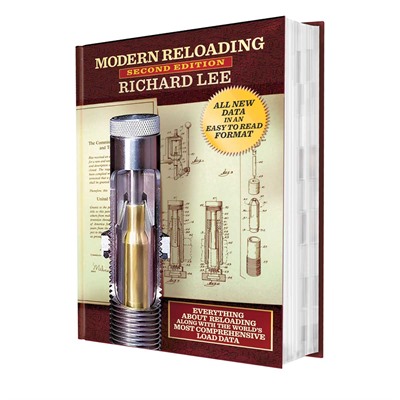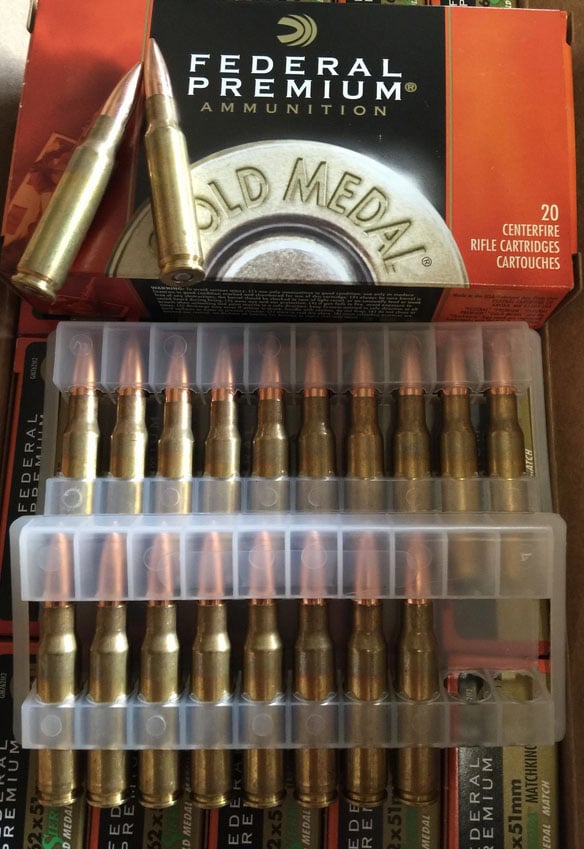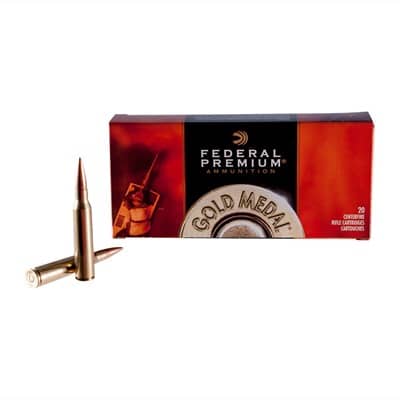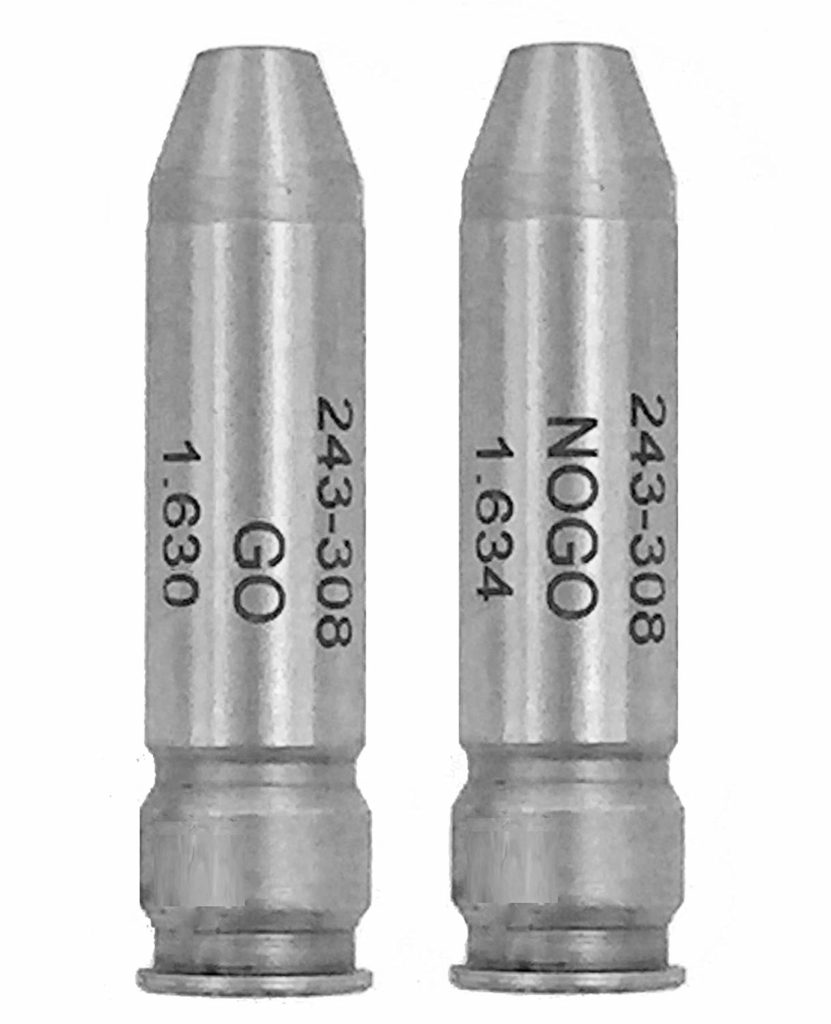Whether military or civilian, hitting a target at long range is not only a true skill but also quite thrilling. The fact is, hitting any target at long range, which is considered to be 600 to 1200 yards (or further), is extremely challenging and demands a solid knowledge of not only the weapon being used but the weather, surrounding conditions, ammunition, accessories and more.
To become proficient at long range shooting you need to understand factors like bullet drop, you must have a stable platform from which to shoot, you need the proper sight alignment and several other skills as well. When shooting over long distances, any errors made are greatly exaggerated, thus making the fundamentals all the more valuable and vital.
What is Considered Long Range?
Typically shots between 200 to 600 yards is considered medium range while 600 to 1200 yards is long range. Anything over 1760 yards (one mile) is considered Extra Long Range (ELR). However, the definition really depends on the cartridge being used as well as the shooting conditions.
Consistently ringing a 24″ gong at 500 yards with a .308 is not coming close to stretching the capability of the round. Doing the same thing with a 22 LR would be impressive.
Best Cartridges for Long Range Shooting
There are many great cartridge options for those looking to shoot long range. Which one you select may depend on your budget and distance you intend to shoot.
Ask 10 different shooters which cartridge is the best for long range shooting and you’ll get 10 different answers. Rather than discuss which is the ‘best’, I’ll simply give the details of some of the top cartridges and let you decide for yourself.
6.5mm Creedmoor

Introduced in 2007, the 6.5mm Creedmoor has a max range of approximately 1400 yards or more. Many see it as the best cartridge to come along since the .30-’06, delivering high performance and efficiency while also increasing precision significantly.
This is a very popular cartridge for long range shooting and for good reason. It has a higher ballistic coefficient and muzzle velocity than its cousin the .308 Winchester making its trajectory flatter and less susceptible to wind drift.
Some possible downsides of the 6.5mm Creedmoor is that it is less a hunting round and it may wear the barrel down faster due to bullet velocity and the smaller bore size. If you are not interested in hunting, this might not be a concern. Most of the factory ammo is long range type ammo, unlike the .308 Winchester where there are countless specialized rounds available everywhere.
.308 Winchester
The .308 Winchester is actually a great cartridge despite all the new kids on the block (like the 6.5 Creedmoor). First released in 1952, the .308 Winchester was immediately successful, delivering excellent accuracy. It is also one of the easier cartridges to hand load with a very efficient case, running only 100 fps slower than a .30-’06 while using 80% of the powder.
The .308 is a great overall round especially if you are just getting into long range shooting and already have a rifle chambered in this caliber. Although there are better rounds to reach 1000 yards, the .308 can get you there with readily available ammunition of all stripes.
.223 Remington/5.56 NATO
Yes, even the common .223 Remington is a great cartridge to get your feet wet in long range shooting. There is an ample amount of match grade ammunition that is much easier on the credit cards than its bigger bore brothers like the .308 and 6.5mm Creedmoor.
It is very reasonable to shoot .223/5.56 to over 500 yards accurately, especially with longer barrels and heavier bullets. In fact some rifle and bullet combos can accurately reach a mile. Chances are you already have a firearm chambered in .223/5.56 so this is often the most economical choice for shooters wanting to get into the long range game and learn the basics.
300 PRC

Built for accuracy and aerodynamic performance, the 300 PRC (Precision Rifle Cartridge) produces a very consistent velocity compared to similar magnum cartridges while also increasing barrel life.
Designed specifically for extra long range, the .300 PRC provides inherent accuracy with heavy, aerodynamic projectiles that perform better in windy conditions than most .30 caliber bullets.
.416 Barrett

A match grade bullet, the .416 Barrett has a higher ballistic coefficient than the 50 BMG that makes it ideal for long range shooting in the extreme, at 2500 yards or more. It does this very well and is said to stay supersonic past 1500 yards. The use of a lighter and smaller diameter bullet results in a significantly higher muzzle velocity and superior ballistic performance to the .50 BMG. If you have deep pockets and a place to shoot long range, the .416 Barrett is an awesome extra long range cartridge.
Factory, Match Grade and Handloading; Which Ammunition Delivers Better Accuracy and Precision?
Precision is paramount in long range shooting and, for that reason, using the best ammunition is vital. Today’s modern shooter has the choice between handloading, which is normally seen as the best choice, match grade ammunition and regular factory ammo.
Factory ammunition is ammo made by, you guessed it, factories around the world. It is generally seen as the inferior ammunition and thus isn’t advised if you want to achieve top accuracy. Match grade bullets are actually not defined very well but instead are generally held to be bullets made with superior tolerances, and so deliver higher consistency and precision. The ‘best’ of the three has long been held to be handloaded ammunition, because every facet of the process can be overseen, from powders to primers, weight and style.

The ammunition is also tailored specifically for each firearm. Handloaders will often make several batches of ammunition with varying amounts of powder for a given bullet, this is called load development. It is very common for a rifle to prefer a specific load combination which is seen by the groups tightening up from other combos. See an example of load development below.
However, match grade ammo is fast becoming the ammo of choice for professional and amateur shooters alike due to the fact that tooling has improved significantly, cutting-edge ballistics are being used in development and standards have been notably raised by ammo manufacturers.
Many people handload ammo for the process itself, and the enjoyment one gets from said process. Most of those folks will quickly agree that, when it comes to the combination of accuracy, effort and cost, match grade ammunition is the easier choice. That being said, almost all will agree that for the very best precision and accuracy, handloading is still king.
Bolt Action vs Semi-Automatic; Which is the Better Choice?
Among shooters, there is a debate about which weapon is the better choice, a bolt action rifle or semi-automatic rifle. Most will agree that a bolt action rifle is best for precision long range shooting, however, it’s a comparison of apples to oranges.
The pro’s of bolt action rifles are among the following:
- Highly durable and less prone to malfunction due to fewer moving parts
- Less barrel harmonics
- Very easy to use, even for the beginner
Some of the Pro’s fro semi-automatic rifles:
- Lower recoil than bolt action rifles
- Faster follow up shots
- Easier to engage multiple targets quickly
A $500 bolt action rifle will typically be more accurate than an out-of-the-box $500 semi-automatic rifle such as an AR-10. Once you begin to compare expensive bolt action rifles to expensive semi-automatic rifles, things are not so clear cut.
Again in general, a properly set up heavy-barreled Remington 700 with a decent trigger will likely group better than a stock AR-10. But dump several grand on an AR-based .308 and you could be shooting 1/2 MOA without too much trouble.
In terms of shot-to-shot follow-ups and multiple engagements, the semi-automatic rifle is the clear choice. Given a particular caliber and rifle weight, the bolt gun shooter must deal with more recoil than the softer-shooting semi-automatic. The bolt gun shooter must also let go of the rifle to cycle the bolt, reposition the rifle, reacquire the trigger before reengaging the target.
Long Range Bipod Shooting

When shooting long range, stability is key. Loading or ‘pre-loading’ your bipod is an excellent way to stabilize your weapon and increase accuracy significantly. Loading a bipod isn’t like loading a gun or rifle with ammunition, but instead is simply the technique of leaning or shifting your weight into your weapon’s bipod legs in order to reduce bipod hop and increase stability in your shot. Not loading your bipod will cause you to lose your sight picture after shooting due to bipod hop making it frustrating and hard to see where your shot went.
Reducing Bipod Hop by loading the Bipod legs!
‘Bipod hop’ is something that precision long range shooters despise because it makes seeing their target much more difficult when they start shooting. The technique for bipod loading varies from shooter to shooter. The easiest way is to first get in position behind your weapon and then simply push or lean forward with your entire body until there is slight but firm pressure on your bipod. You don’t want to move the bipod but instead, simply keep it in place when you start firing.
If the bipod feet slip on the surface they’re resting on before shooting, you will lose the bipod loading. When shooting from the dirt, dig the bipod feet in the dirt a bit. If on a bench, try to position the bipod legs against something heavy or well anchored to keep the fleet from slipping when you load up the bipod.
Bipod loading allows you to stay in a perfect position between shots and thus improves your accuracy and target visibility significantly because you remove the slack between yourself and your weapon.
Prone vs Bench Shooting; Which is More Accurate for Long Range Shooting?
This is another debate that wages between shooters, although it seems that, as far as accuracy is concerned, most agree that bench shooting is typically the best choice. Many shooters also report that, in terms of getting better-grouped shots, bench shooting is best.
However, there is agreement that, when prone, rifle movement is more consistent during recoil. One problem that many have with the prone shooting position is that it can be harder on the body, especially the neck. Also, many believe that shooting from a bench position takes the ‘human element’ out of shooting, as in, bench shooting is really testing your equipment rather than your technique. It is a really a good idea to try both and see what you like and what works best for you, most shooting ranges will allow you to do both.
I am a big fan of prone shooting, one of the better videos to explain how to do it properly is shown below:
What is the Optimal Trigger Weight for Long Range Shooting?
The optimal trigger weight is the weight at which the shooter is most comfortable. There are a number of variables to keep in mind, such as the type of shooting (bench or prone), the weather (extreme cold makes it more difficult) and more. In general, precision shooters have triggers set from 1lb to 3.5lbs.
A trigger that’s too light can be problematic, of course, but one that’s too heavy can be just as bad. For that reason, adjustable triggers have become very common, since most shooters like their weapon to shoot exactly when they say so, and not a second too soon or too late.

If you’re not sure which trigger weight is best for you, a good technique is to set the weight to half of your rifle’s weight and reduce it down from there until you’re comfortable.
Why Your Rifle’s Barrel is Most Important for Precision Long Range Shooting
Chad Dixon, a gunsmith for Dakota Arms, said it best; “If someone wanted me to build him an accurate rifle, I would ask how much he had to spend, and then put 80 percent of that into the barrel. The rest I could improvise one way or another. Spend your money on the barrel.”
For long range shooting the barrel is key to accuracy, precision and distance. An excellent barrel must have a very straight bore, with a uniform geometry and twist rate. It should also have an excellent interior finish with a ‘lay’ that is parallel to the travel of the bullet. Barrels for precision long range shooting are typically called Match or Ultramatch Grade Barrels.

Lastly, a top-notch barrel should be crowned by an experienced gunsmith, as well as chambered, threaded and fit to the action. Thus, when seeking out a top-notch long range rifle, you should seek out one with an outstanding, well-made barrel.
Why Headspace is Important for Accuracy
Headspace is the space between the closed bolt or breech to the seating point of the cartridge. The reason it is so important for long range shooting is simple; a cartridge that has too much headspace will not shoot as accurately as one that is correctly headspaced.
Further, excessive headspace can cause heat-treated and case-hardened receivers, bolts and breechlocks to become brittle, making them hazardous to the shooter. While not as problematic for accuracy, insufficient headspace can prevent the action on a factory cartridge from closing or make it more difficult to close.
Checking headspace is simple to do with gauges found on Amazon, I use this set for my .308 caliber rifles:
Why Proper Bedding is Important for Accuracy
Bedding is the term used to describe when the action of a rifle is laid into a super-strong resin, creating its mirror image. This causes the vibrations or harmonics of the barrel to be consistent from shot to shot.
Here is a quick video that describes the process for a typical bolt action rifle.
The reason this is done is that, in order to get the most consistency or accuracy when shooting, the stock and action of a rifle must precisely fit, making bedding vital.
Keep in mind that although many companies say their rifles are bedded, they aren’t. Usually, they simply include 2 steel pillars and call it bedding, but true bedding is what we described above.
Bedding AR Style Barrel Extensions
If you have an AR style rifle, you should bed the barrel extension into the upper receiver to improve the accuracy of your gun. Some manufactures size the barrel to be thermal fitted into the receiver so that there is zero slop, while others will have a ton of play. I shim all of my AR barrels into the upper receivers with .001″ to .005″ shim stock available on Amazon. If you have no idea what I’m talking about, the video below explains the process pretty well.
Lapping AR Upper Receivers for Improved Accuracy
For AR style rifles you may also benefit from lapping your upper receiver. This involves truing the surface on your upper that interfaces with the barrel and is done with a special tool and lapping compound. Both are available from Brownells here. Below is a quick demonstration on how the AR lapping operation is completed.
Should You Use MIL or MOA to Correct for Trajectory?
When shooting long range you need to be able to correct for bullet trajectory and the 2 most common ways to do this is using MIL or MOA. This is one of the most confusing subjects in long range shooting as these 2 terms don’t relate to linear measurements but instead angular measurements.
MOA stands for ‘minute of angle’ while MIL stands for ‘milliradian’, two confusing terms that give headaches to even the best shooters. One MOA translates to approximately 1 inch at 100 yards, 2 inches at 200 yards, 3 inches at 300 yards and so on. Pretty simple right?
One milliradian is approximately 3.6 inches at 100 yards, 7.2 inches at 200 yards, and 10.8 inches at 300 yards.

Many feel that MOA is the better choice for average shooters since it is comparable to inches and thus more user-friendly. Over time it becomes easier to calculate MOA in your head with some simple math, where one, 1/4-MOA click equals approximately 1/4 inch at a distance of 100 yards, and so 1 inch at 400 yards and so forth.
It really comes down to what makes the most sense to you and understanding your gear. That will most likely make you have a better time at the range.
Conclusion
Although each section was brief, I hope that you enjoyed this article and the information provided. Long range shooting is an exciting, satisfying hobby and hopefully the information above will serve you well to become a long range shooting expert.
Caligunner Copyright © 2024.
All Rights Reserved. Caligunner.com is a participant in the Amazon Services LLC Associates Program, an affiliate advertising program designed to provide a means for sites to earn advertising fees by advertising and linking to amazon.com.





